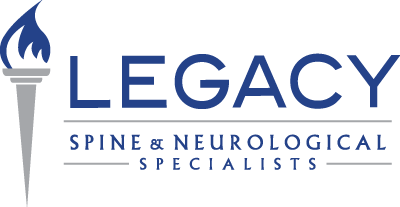Definition
Bell’s palsy refers to facial paralysis caused by a lesion or inflammation of the facial nerve. Symptoms resemble a stroke, with unilateral facial weakness. However, most facial weakness from strokes spares the forehead muscles. These are weakened with Bell’s palsy. Patients will have unilateral facial weakness that often causes difficulty with eyelid closure, dropping of the affected side of the mouth and reduced ability to wrinkle the forehead or the nose. Symptoms can range from mild weakness to complete paralysis. Patients can also complain of other unusual symptoms such as change in taste, soreness near or behind the ear, and increased volume of sound in the effected ear.
Cause
Cause of Bell’s palsy is not always clear, though a viral infection is typically suspected. Compression of the nerve, a stroke of the nerve, and Lyme disease can cause similar findings. At the onset of symptoms, there is some utility in taking a brief course of steroids. There is less evidence for the use of antiviral medications, but this is typically given as well. Despite the early use of these therapies, improvement is a very gradual process and may take weeks or months to improve.
Bell’s palsy may be triggered by trauma, environmental stressors, or emotional stressors. Pregnant women and diabetics are at an increased risk. Complete recovery occurs in more than 70% of patients. The remaining patients may have residual symptoms or severe residual weakness. There are some surgical options for patients who have prolonged, severe facial weakness without improvement.
A physician should be consulted at the onset of symptoms to appropriately rule out stroke or other disorders in patients with Bell’s palsy and to initiate steroid and antiviral therapy. Measures may also be taken to guard the affected eye if eyelid closure is a problem. Long term management is aimed at monitoring recovery and considering the need for other interventions.

